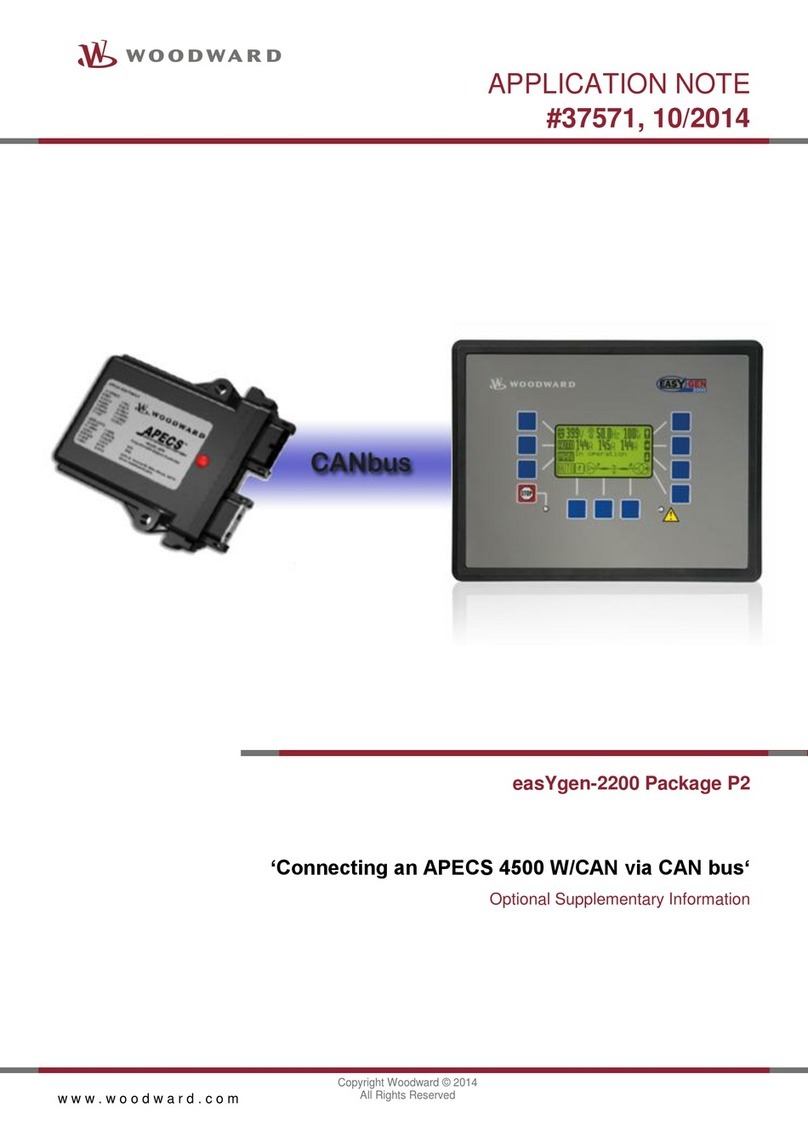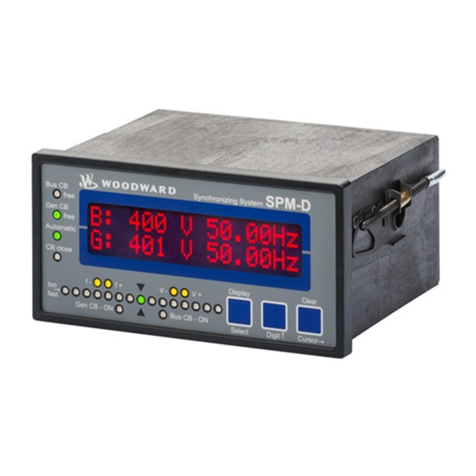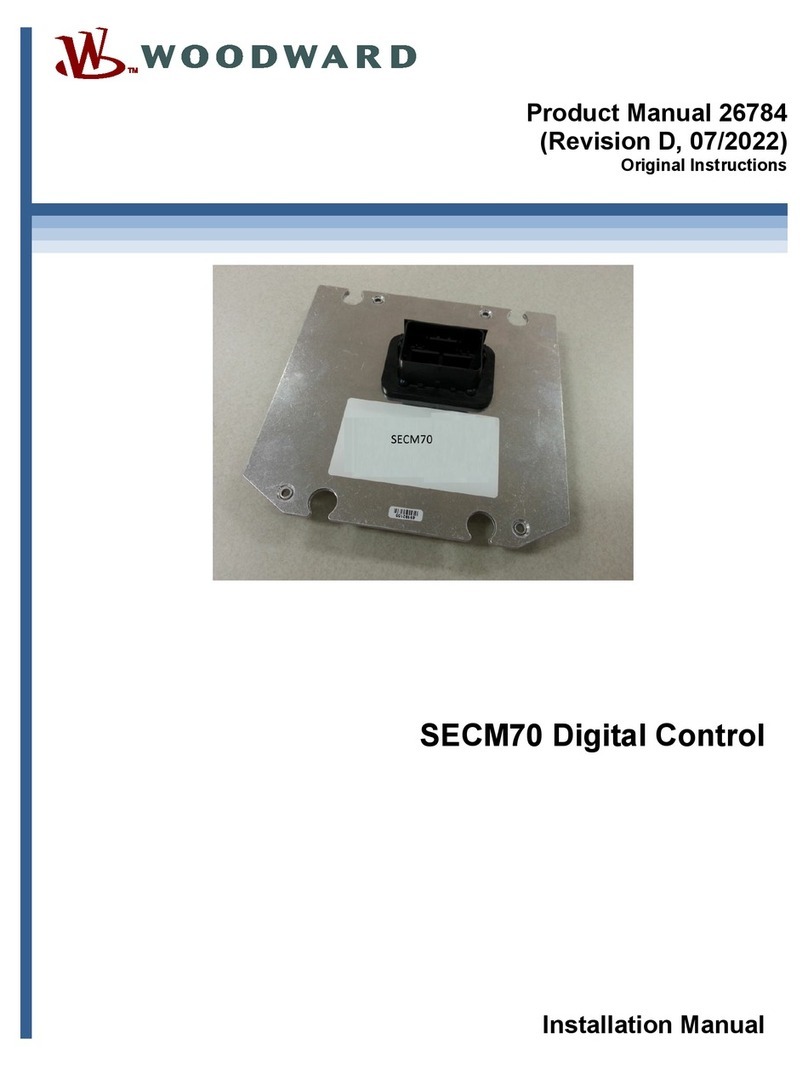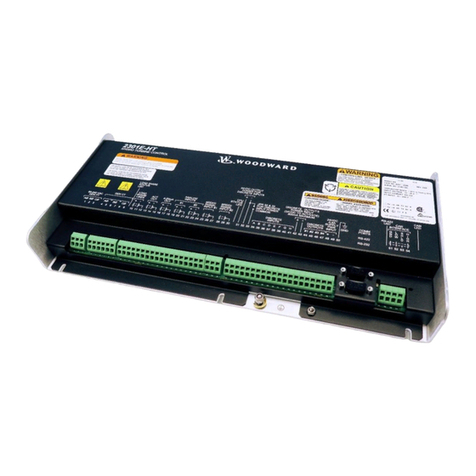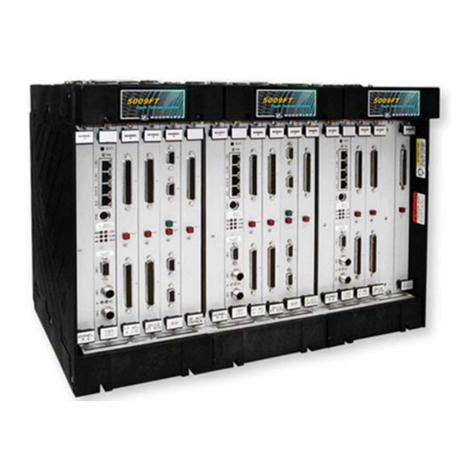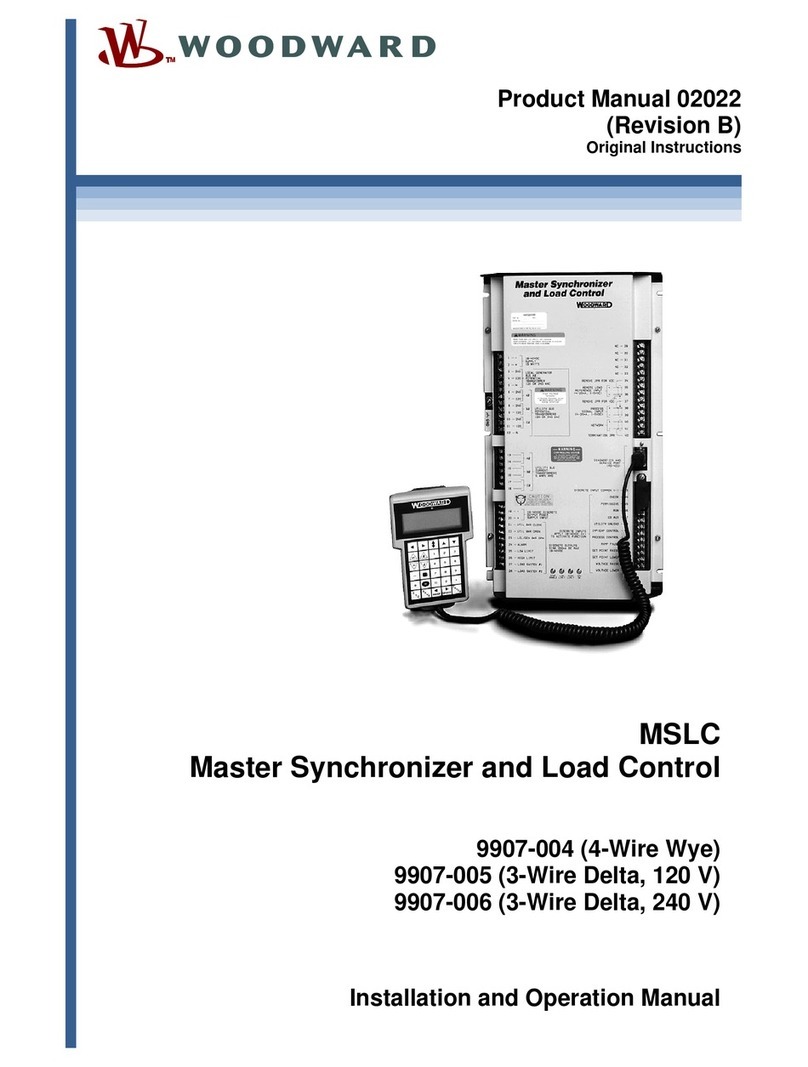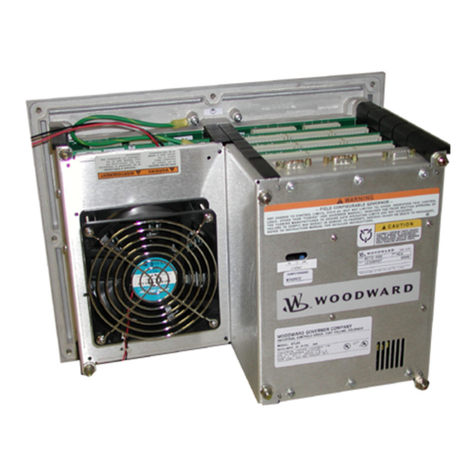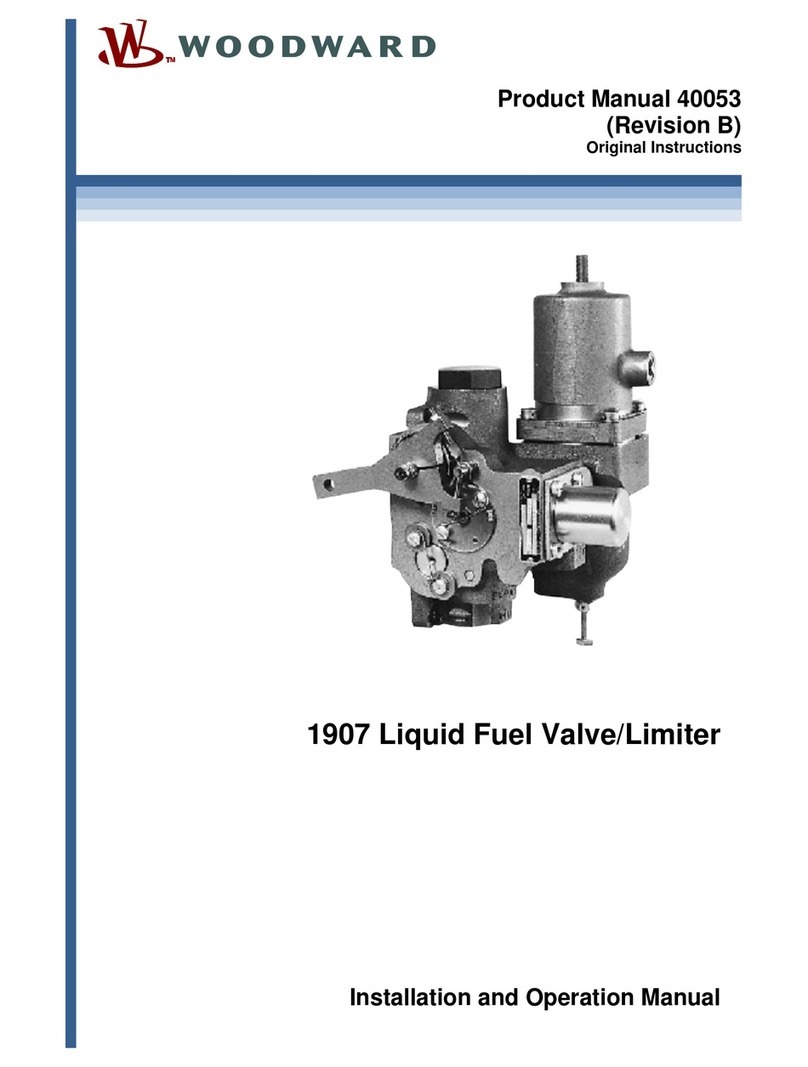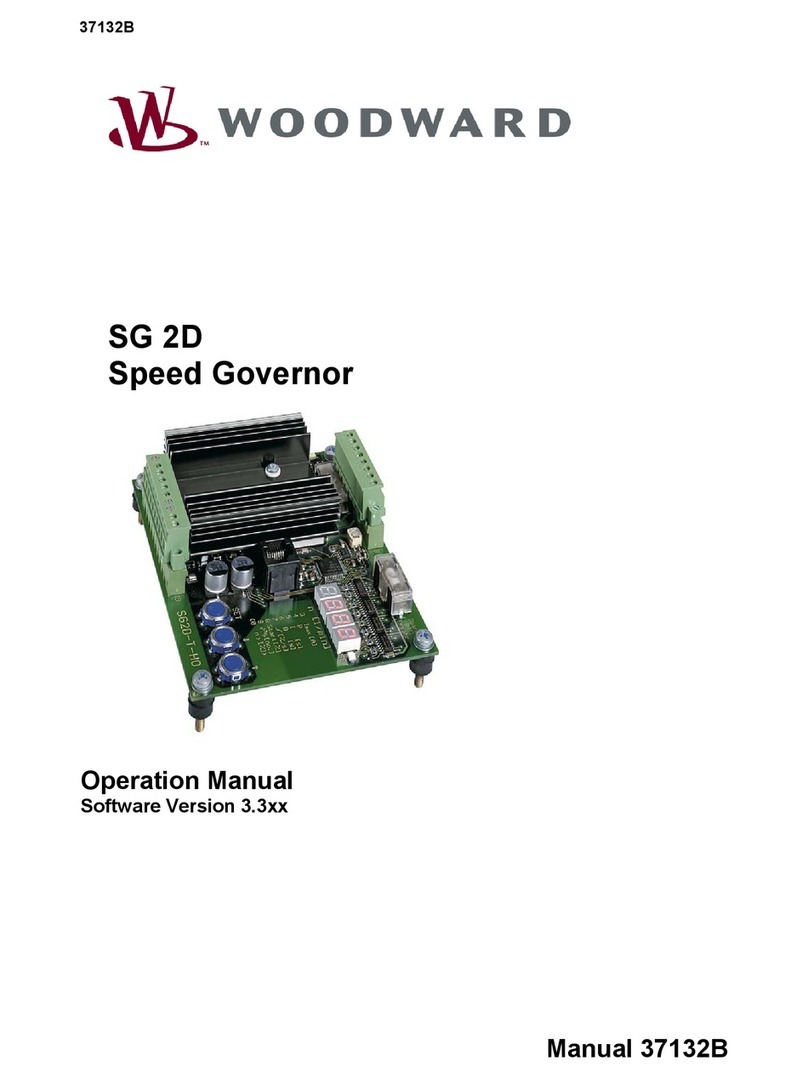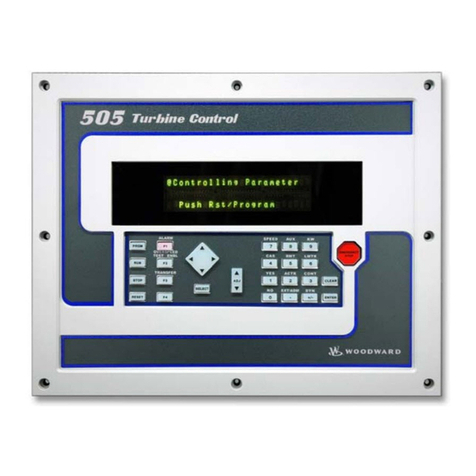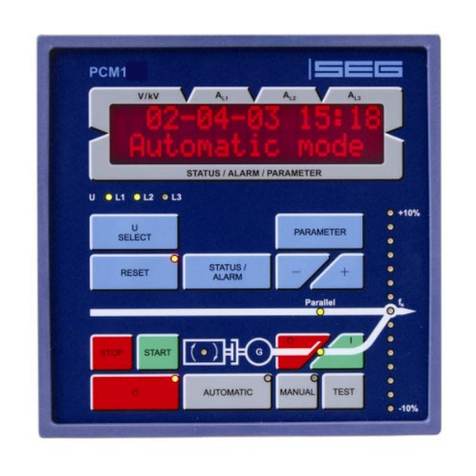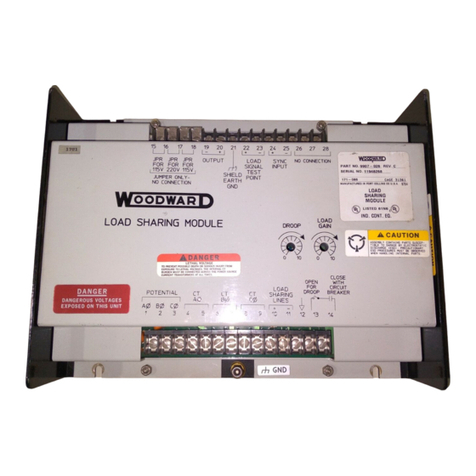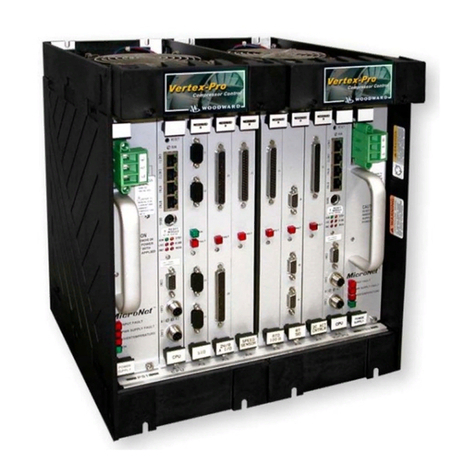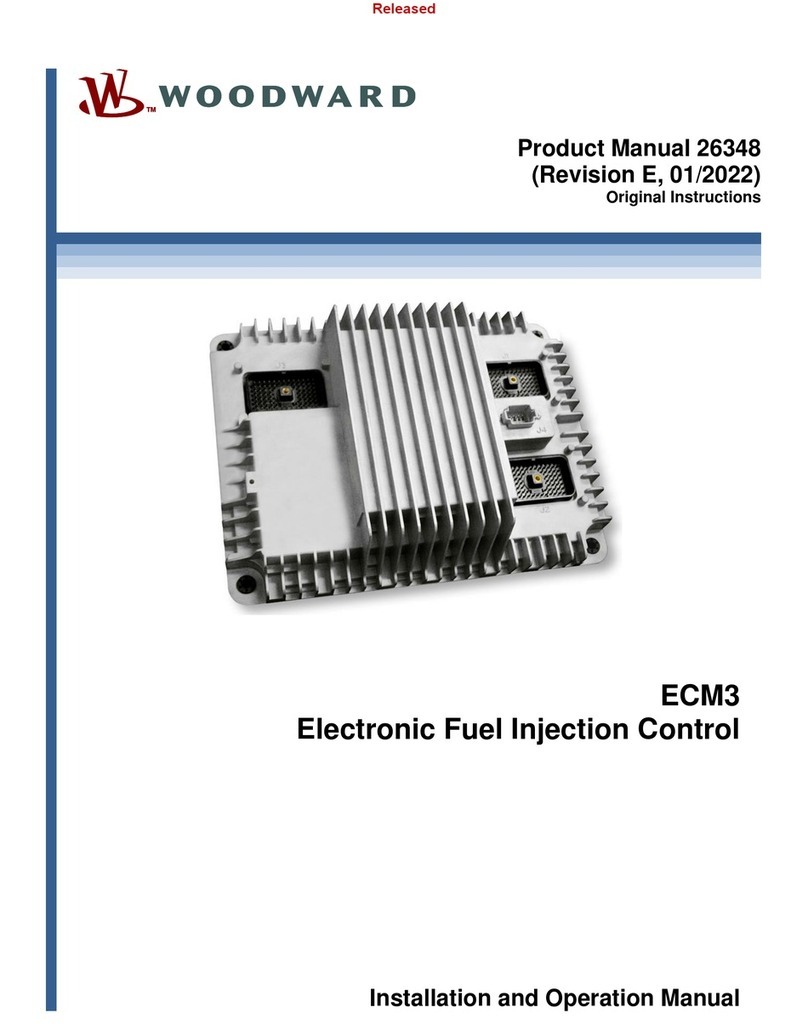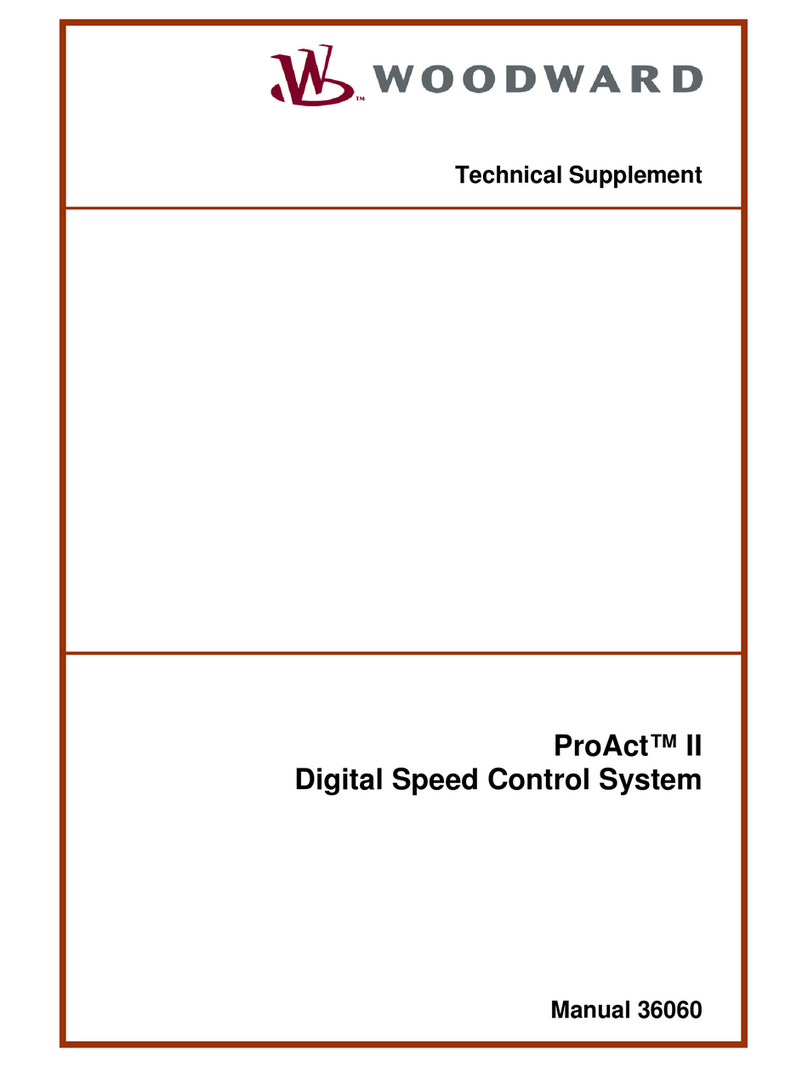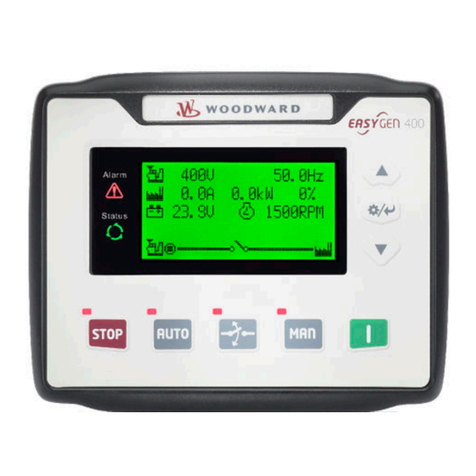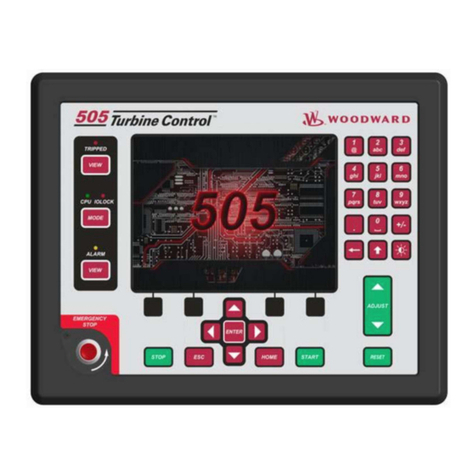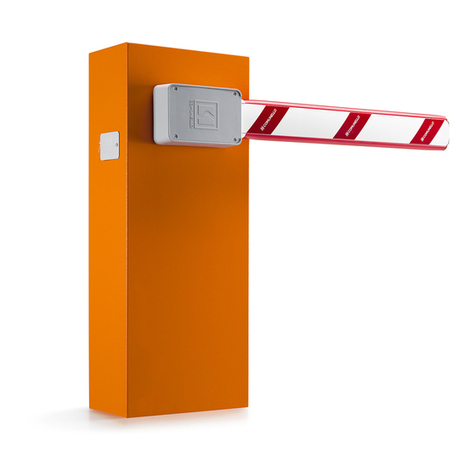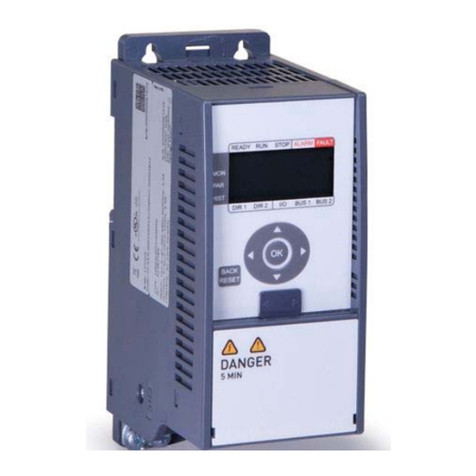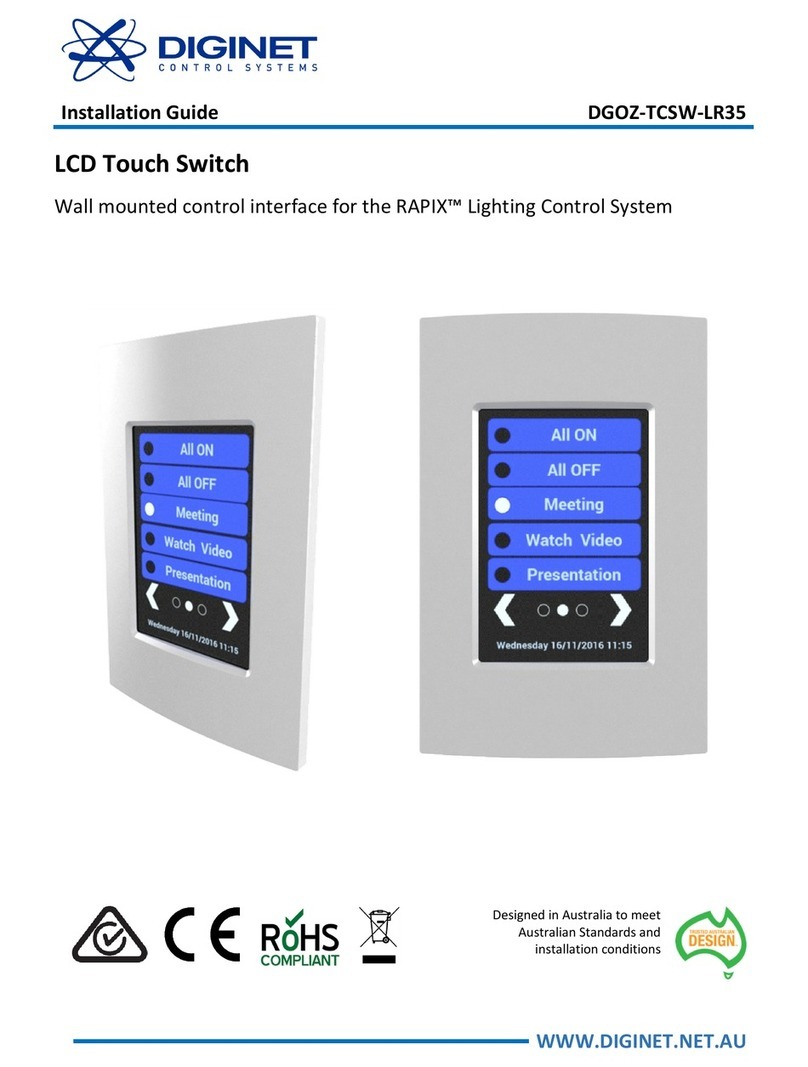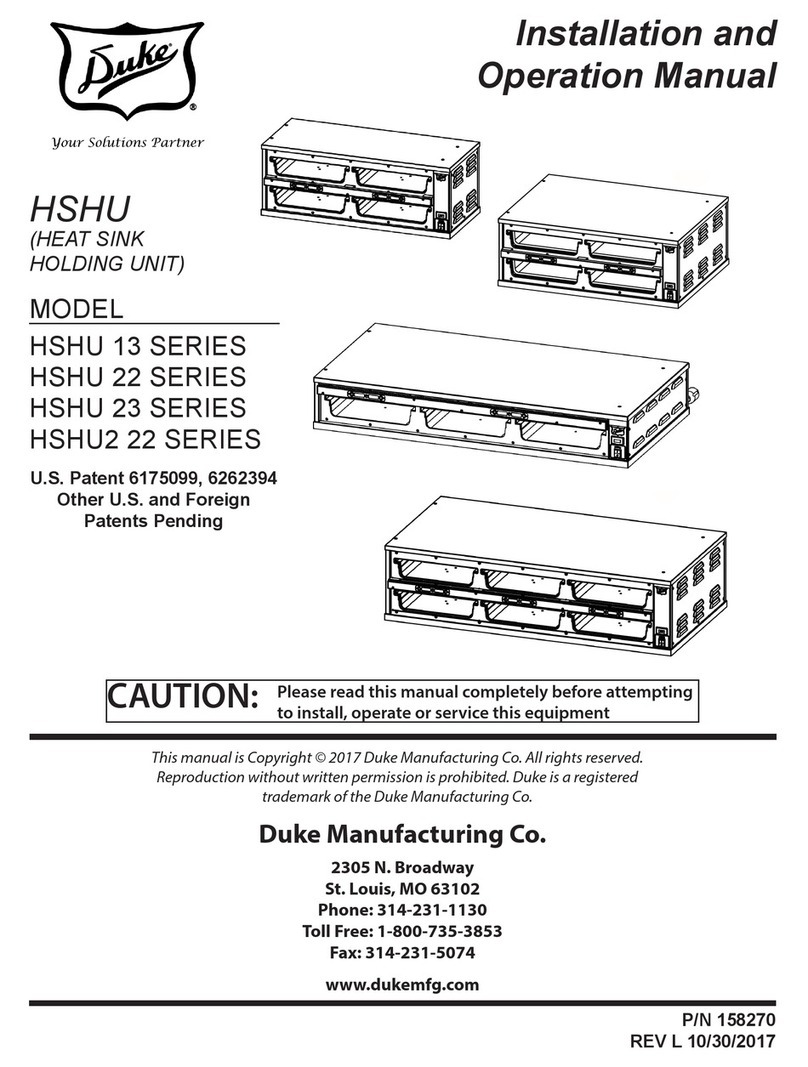
Manual 85018V1 505E Digital Governor
Woodward iii
Illustrations and Tables
Figure 1-1a. Overview of 505E Functionality (Notes) ............................................5
Figure 1-1b. Overview of 505E Functionality .........................................................6
Figure 1-1c. Overview of 505E Functionality..........................................................7
Figure 1-2. Typical Extraction and/or Admission Steam Turbine...........................9
Figure 1-3. Typical Admission Steam Turbine .....................................................10
Figure 1-4. Overview with Auxiliary Configured as a Limiter................................17
Figure 1-5. Overview with Auxiliary Configured as a Controller...........................18
Figure 1-6. Overview with Decoupled HP & LP Ratio/Limiter, Auxiliary Configured
as a Limiter ......................................................................................19
Figure 1-7. Overview with Decoupled HP & LP Ratio/Limiter, Auxiliary Configured
as a Controller .................................................................................20
Figure 1-8. 505E Key Pad and Display ................................................................21
Figure 2-1. 505E Control Layout (Standard Enclosure) .......................................26
Figure 2-2. 505E Bulkhead-Mounted Enclosure ..................................................27
Figure 2-3. Jumper Options..................................................................................28
Figure 2-4. Jumper Locations...............................................................................28
Figure 2-5. CageClamp Terminal Blocks .............................................................30
Figure 2-6. Control Wiring Diagram......................................................................31
Figure 2-7. Representative 505E I/O Schematic..................................................32
Figure 2-8. Fuse Location.....................................................................................33
Figure 2-9. Shielded Wire Connections................................................................34
Figure 2-10. Typical RS-232 Communications.....................................................39
Figure 2-11. Typical RS-422 Communications.....................................................39
Figure 2-12. Typical RS-485 Communications.....................................................40
Figure 2-13a. Preferred Multipoint Wiring ............................................................41
Figure 2-13b. Alternate Multipoint Wiring .............................................................41
Figure 3-1. Basic Control Overview......................................................................42
Figure 3-2. Coupled HP & LP Mode.....................................................................46
Figure 3-3. Decoupled Inlet (HP) Mode................................................................47
Figure 3-4. Decoupled Exhaust (LP) Mode ..........................................................48
Figure 3-5. Decoupled HP & LP Mode .................................................................49
Figure 3-6. Priority Flow Diagram.........................................................................50
Figure 3-7. Manual Start Mode Example..............................................................53
Figure 3-8. Semiautomatic Start Mode Example..................................................54
Figure 3-9. Automatic Start Mode ........................................................................55
Figure 3-10. Idle / Rated Start ..............................................................................57
Figure 3-11. Automatic Start Sequence ...............................................................58
Figure 3-12. Speed Control Functional Diagram..................................................61
Figure 3-13. Speed PID Control Modes ...............................................................62
Figure 3-14. Frequency and Unit Load Relationship............................................64
Figure 3-15. Speed Relationships ........................................................................65
Figure 3-16. Loadsharing Logic............................................................................72
Figure 3-17. Extr/Adm Control Diagram ...............................................................74
Figure 3-18. Cascade Functional Diagram...........................................................82
Figure 3-19. Aux Control Overview ......................................................................87
Figure 4-1. Basic Program Architecture .............................................................101
Figure 4-2. Initial 505E Program Mode Entry .....................................................102
Figure 4-3a. Program Mode Blocks....................................................................104
Figure 4-3b. Program Mode Blocks....................................................................105
Figure 4-3c. Program Mode Blocks....................................................................106
Figure 4-3d. Program Mode Blocks....................................................................107
Figure 4-3e. Program Mode Blocks....................................................................108
Figure 4-3f. Program Mode Blocks.....................................................................109
